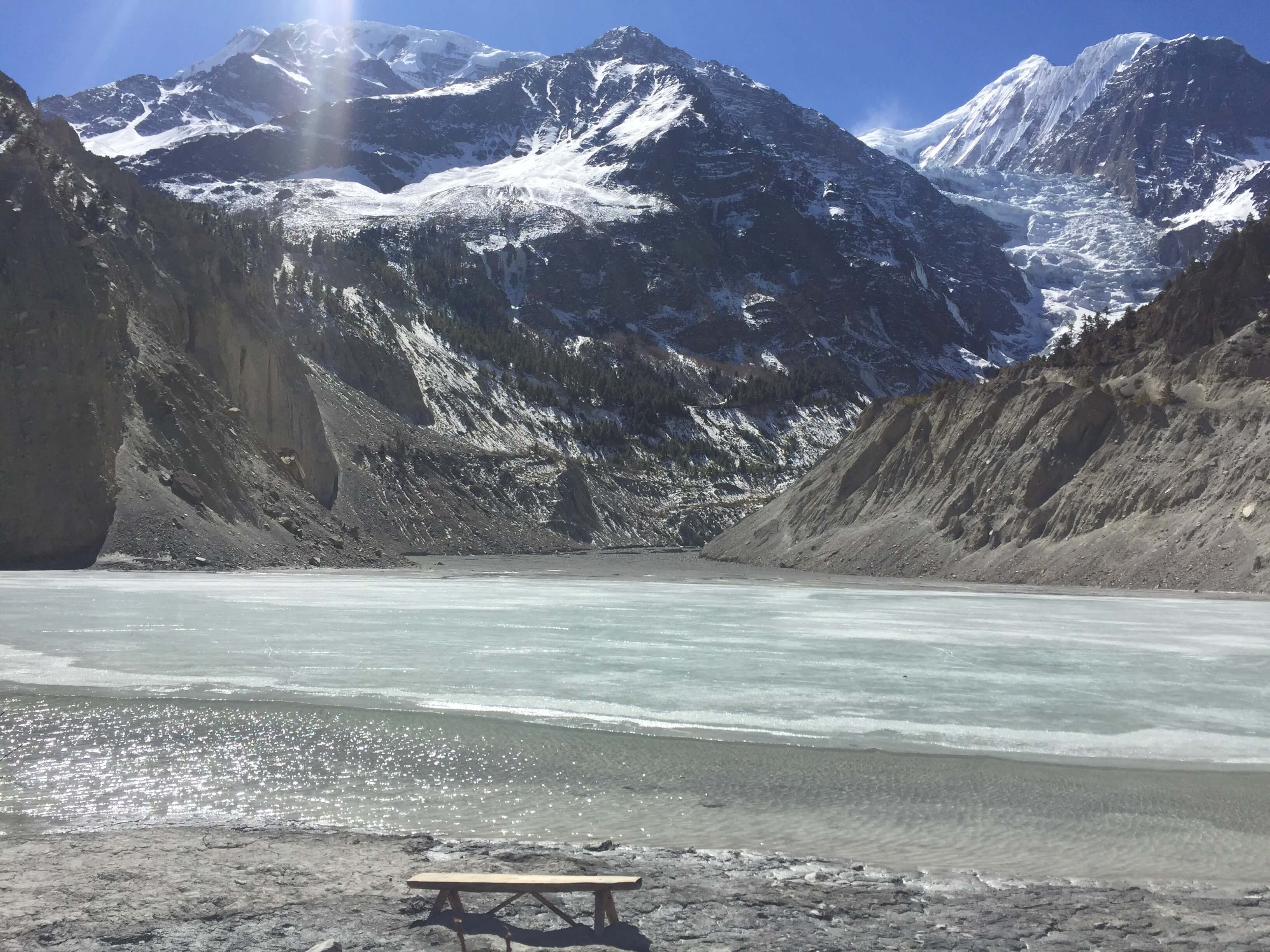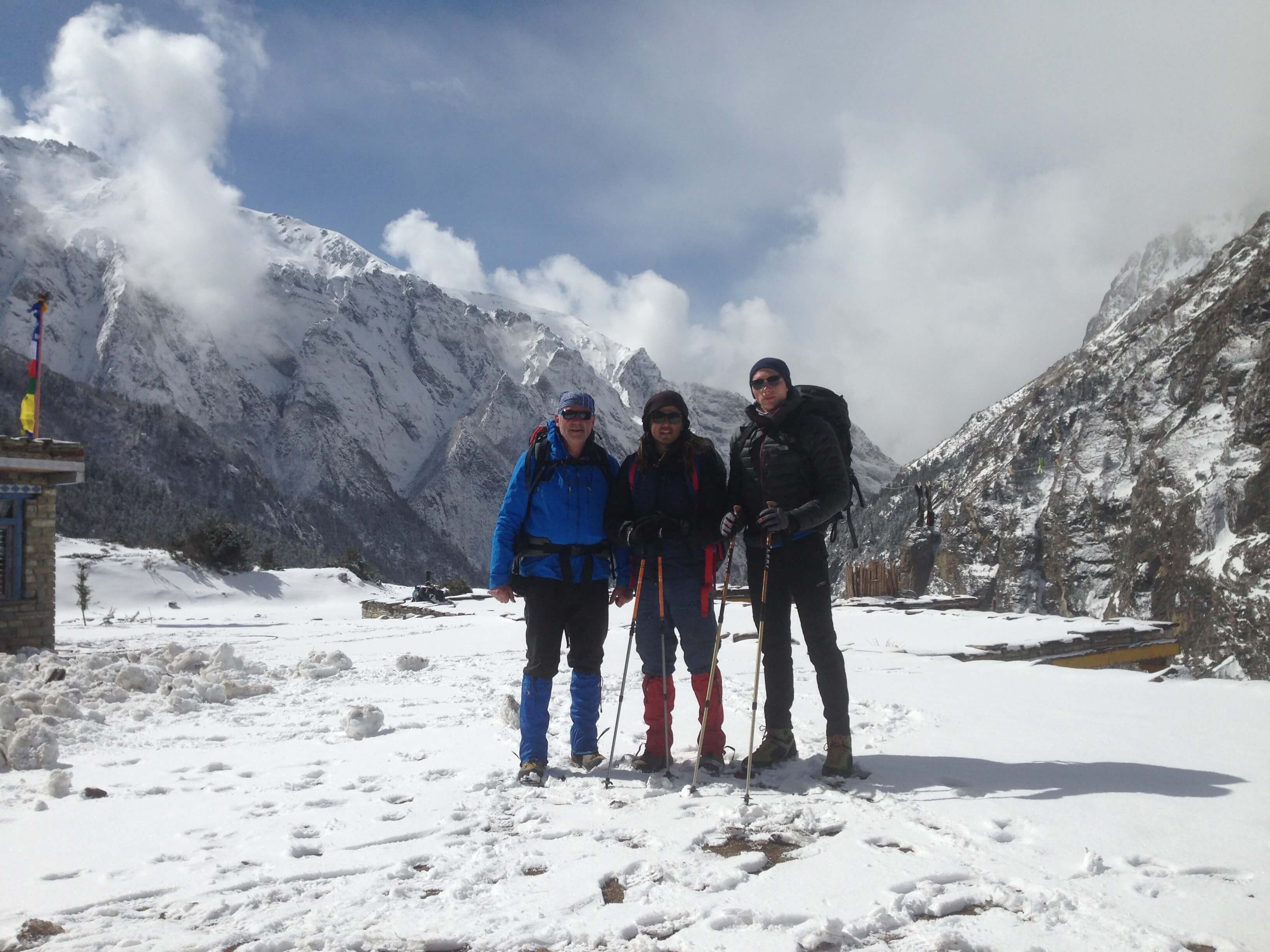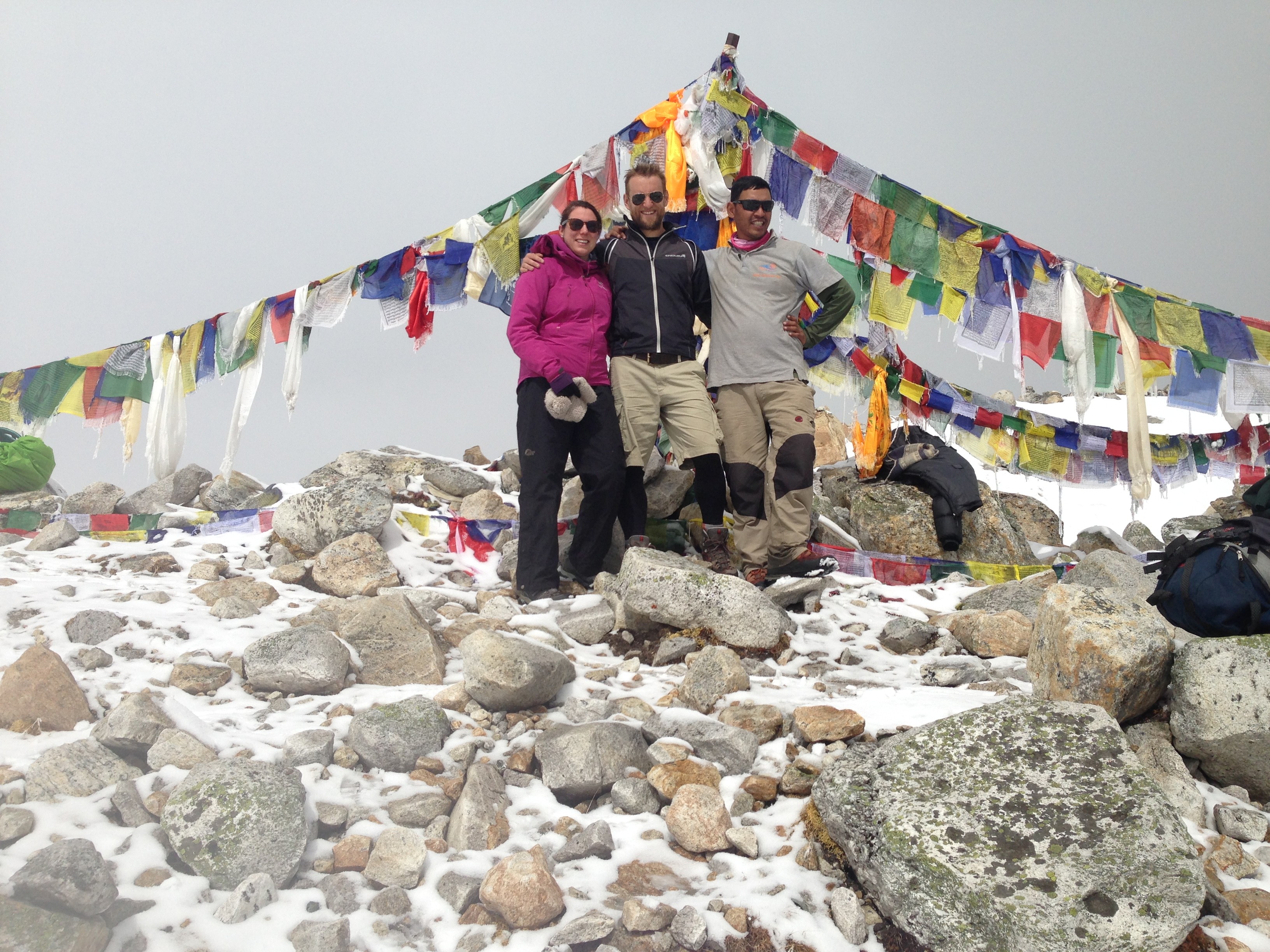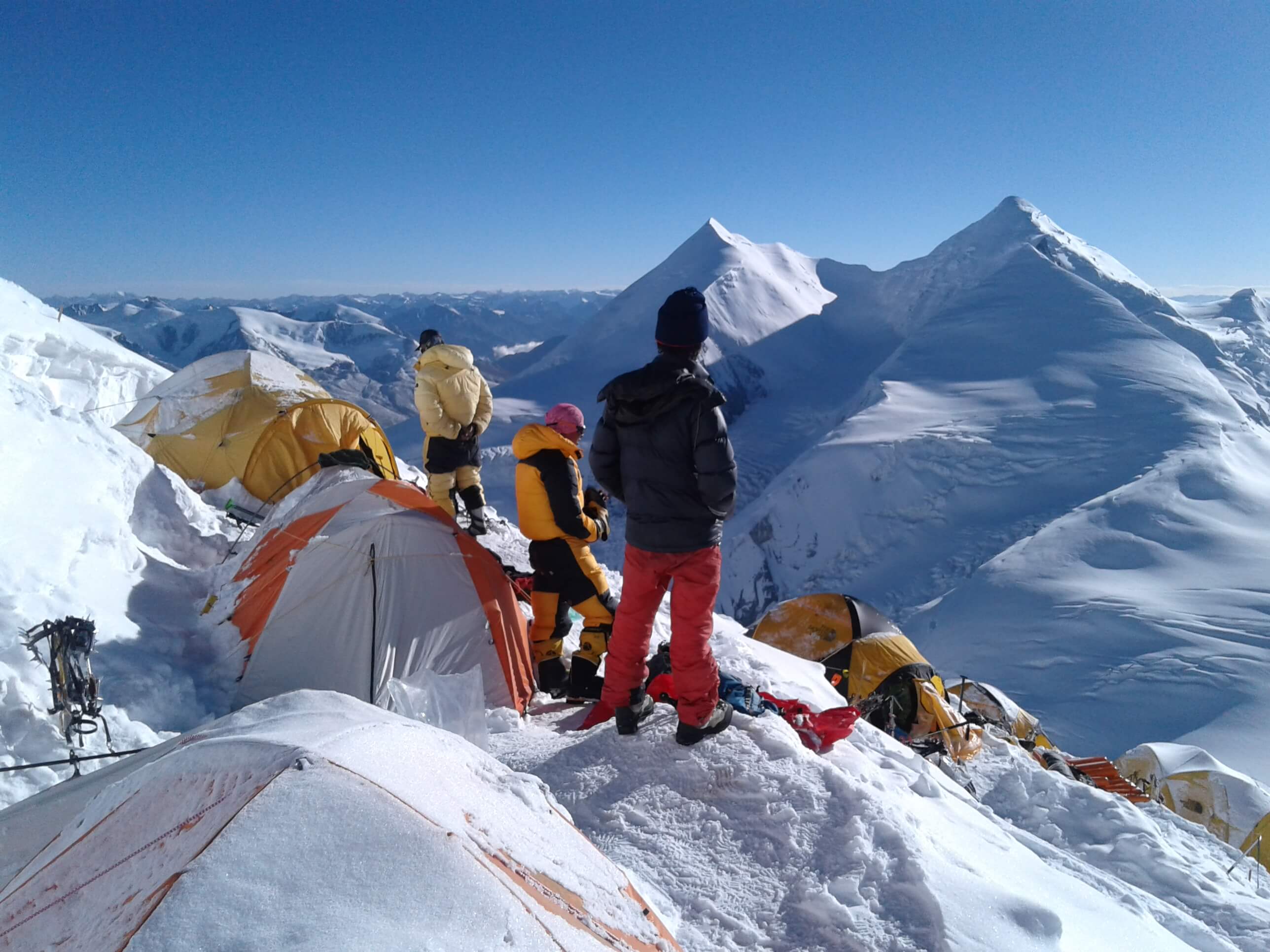
10 Best 2 week treks in Nepal

10 Best 2 week treks in Nepal
Jackie Taylor
5299
14, 12 2020
Nepal is not a destination people come for on a quick getaway holiday. More often or not, visitors come for somewhere between 3 and 4 weeks. And while there are lots of other beautiful things to do, such as mountain biking in Nepal, wildlife spotting in Chitwan National Park, a Nepal yoga retreat, or even a luxury tour in Nepal, most people come for hiking in Nepal.
Whether you are coming with family, friends, or on your own, trekking in Nepal is a beautiful experience not to be missed! And, as I said, with most people, coming for around a month’s vacation, there is plenty of time to do the best treks – whether off-the-beaten-track treks or those you have heard and read about – Nepal has the proper trekking for you.
If you are not an experienced trekker or want to spend more time exploring other parts of the country, check out my blogs on Best Treks to do in Nepal in a Week or Less and Best Treks to do in Nepal in Less than 14 Days.
Read on if you have more time or want to explore the hills and mountains for two to three weeks.
Fabulous 2 Week Treks in Nepal
-
Everest Base Camp Trek Approx 2 weeks
-
Everest Three Passes Trek / 19 days
-
Annapurna Circuit Trek / Approx 2 weeks
-
Annapurna Circuit with Tilicho Lake Trek / 16 days
-
Nar Phu Valley Trek / 14 days extendable
-
Manaslu Circuit Trek with Tsum Valley / 19 days
-
Tsum Valley Trek / 17 days
-
Limi Valley Trek / 18 days
-
Lower Dolpo Trek / 16 Days
-
Snow Leopard Trek in Dolpo / 18 days
Around Mount Everest
Everest Base Camp Trek Approx 2 weeks
This is, of course, the most famous trek in Nepal! While I don’t recommend doing it with young children, it has been known to be a family tour in Nepal for some. It is excellent, though, for a small group tour of Nepal.
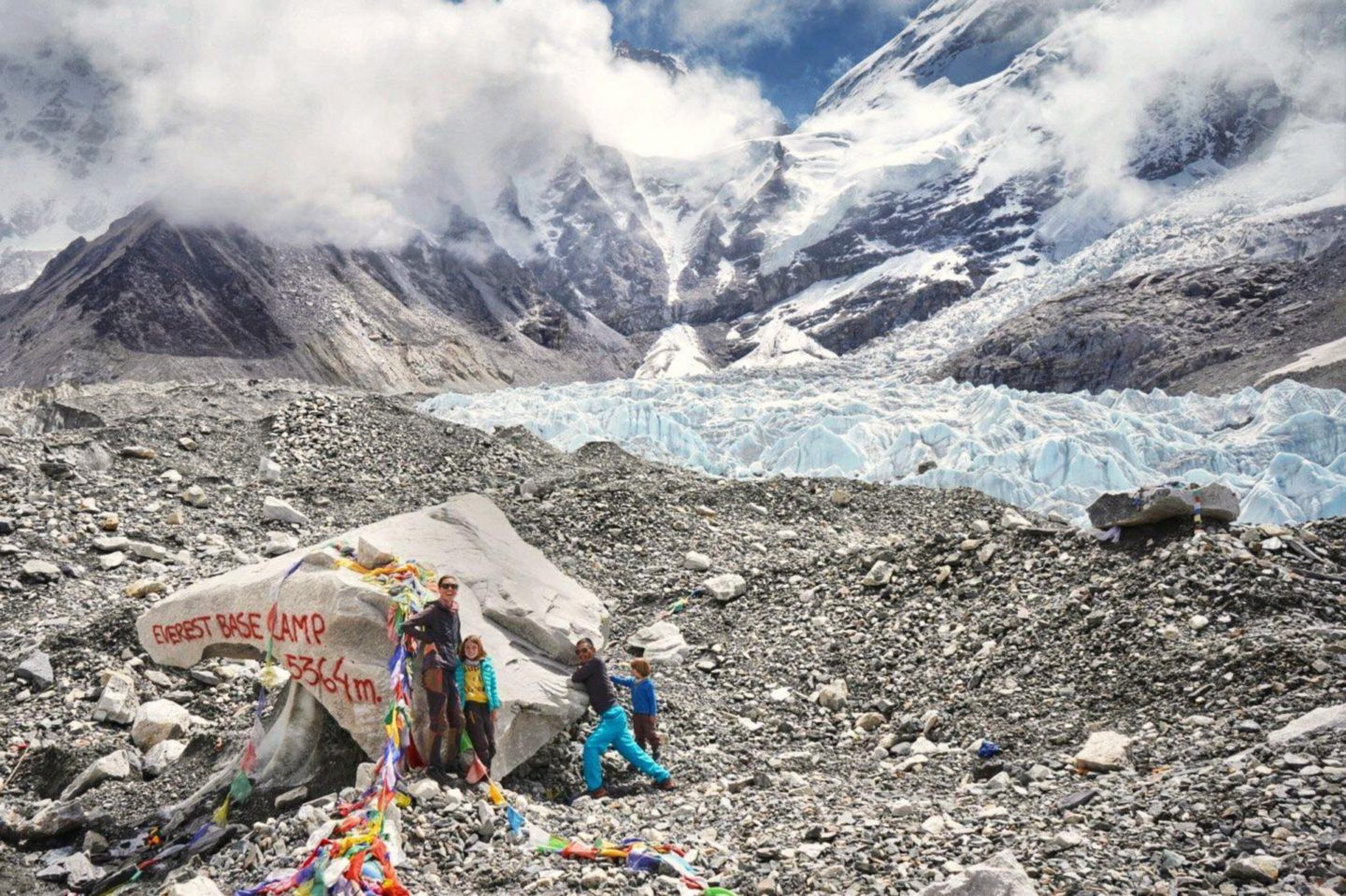
Starting with a flight to the high-altitude airport at Lukla, the trek starts as soon as you land! The following day, you reach Namche Bazaar, where you have to spend an extra day acclimatizing to the high altitude. But acclimatization days are never boring in Nepal because the best way to acclimatize to altitude is to hike! This is your chance to explore the surrounding area with absolutely no pressure. You will take another acclimatization day at Dingboche, which lies a short distance from the fascinating Tengboche Monastery with its astounding panoramic mountain views. Then, there is the base camp and Kala Patthar, a tremendous and breathtaking viewpoint over Everest and the surrounding mountains.
Everest Three Passes Trek / 19 days
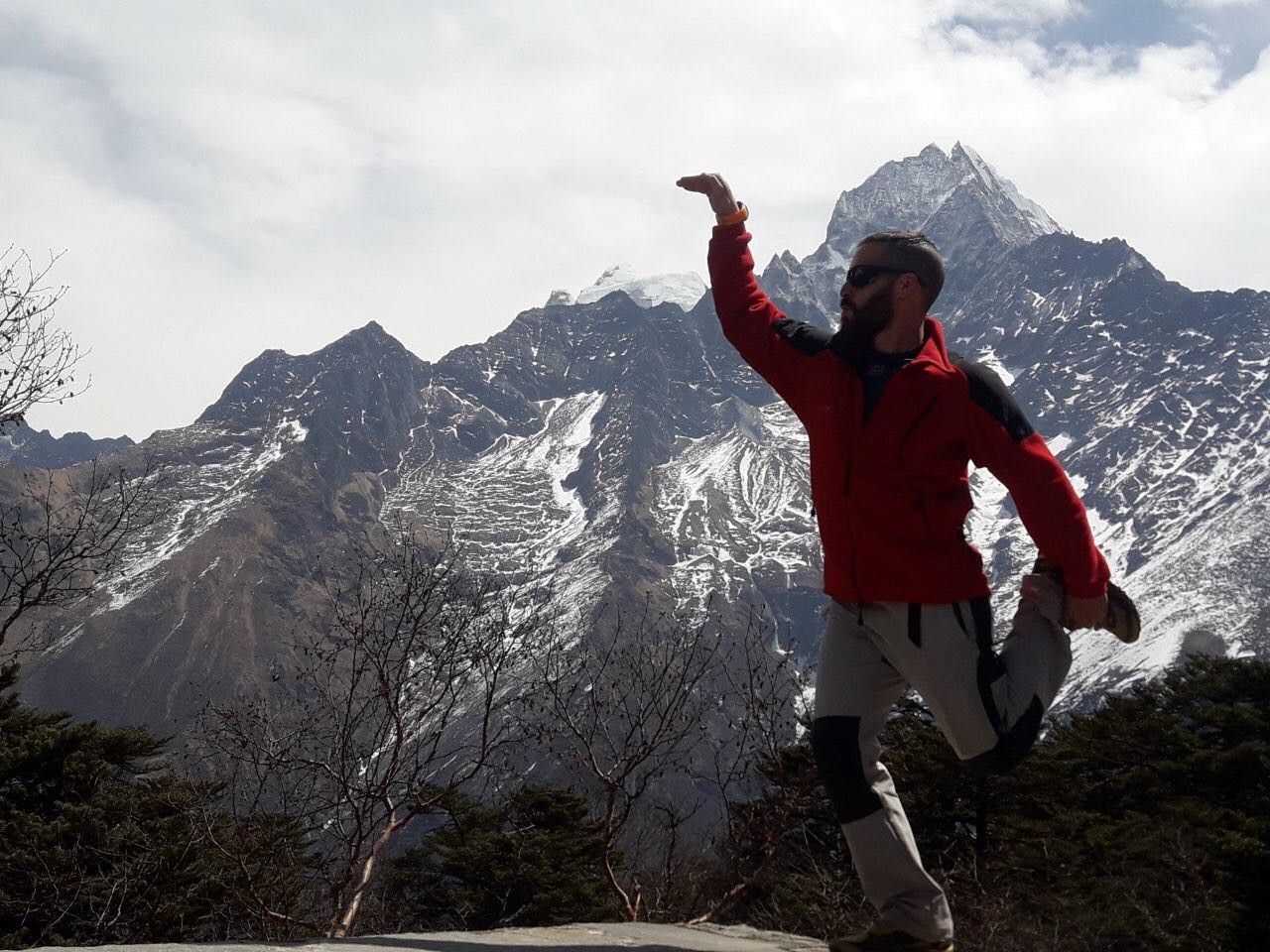
If you have a longer time and want to see more of the Everest Region, the Everest Three Passes Trek takes you to all the same iconic places: Namche, Tengboche, Dingboche, Everest Base Camp, and beyond. As the name suggests, this trek takes you over three high passes: Kongma La, Renjo, and the highest at 5,420m, Cho La Pass. It also takes you to the beautiful high-altitude Gokyo Lakes. This is a high-altitude and challenging trek, so trekkers should have a good fitness level and be aware of and on the lookout for altitude-related illnesses. But any good Nepal tour agency will be able to brief you on Nepal travel advice and safety, including altitude sickness. This trek follows a loop, so unlike the Everest Base Camp Trek, you do not backtrack, but every day is something new. But the mountains never change, except in their color mood with the rising and setting sun.
Around the Annapurnas
The Annapurna mountains lie near the lake town of Pokhara. Being that you can easily reach Pokhara by road and it is such a chilled place to relax after your trek, this area is very popular with trekkers of all ages and levels of fitness. There are short treks around Pokhara – see my Best Treks to do in Nepal in a Week or Less- and longer treks that take you deep into the mountains. Regarding the weather, the best seasons to visit Nepal are also the best for this area – spring and autumn. Some treks fall into the rain shadow so that they can be done during the monsoon (summer) months. One should avoid most treks in the winter due to heavy snowfall. But if that is the only time you can come – please ask us!
Annapurna Circuit Trek / Approx 2 weeks
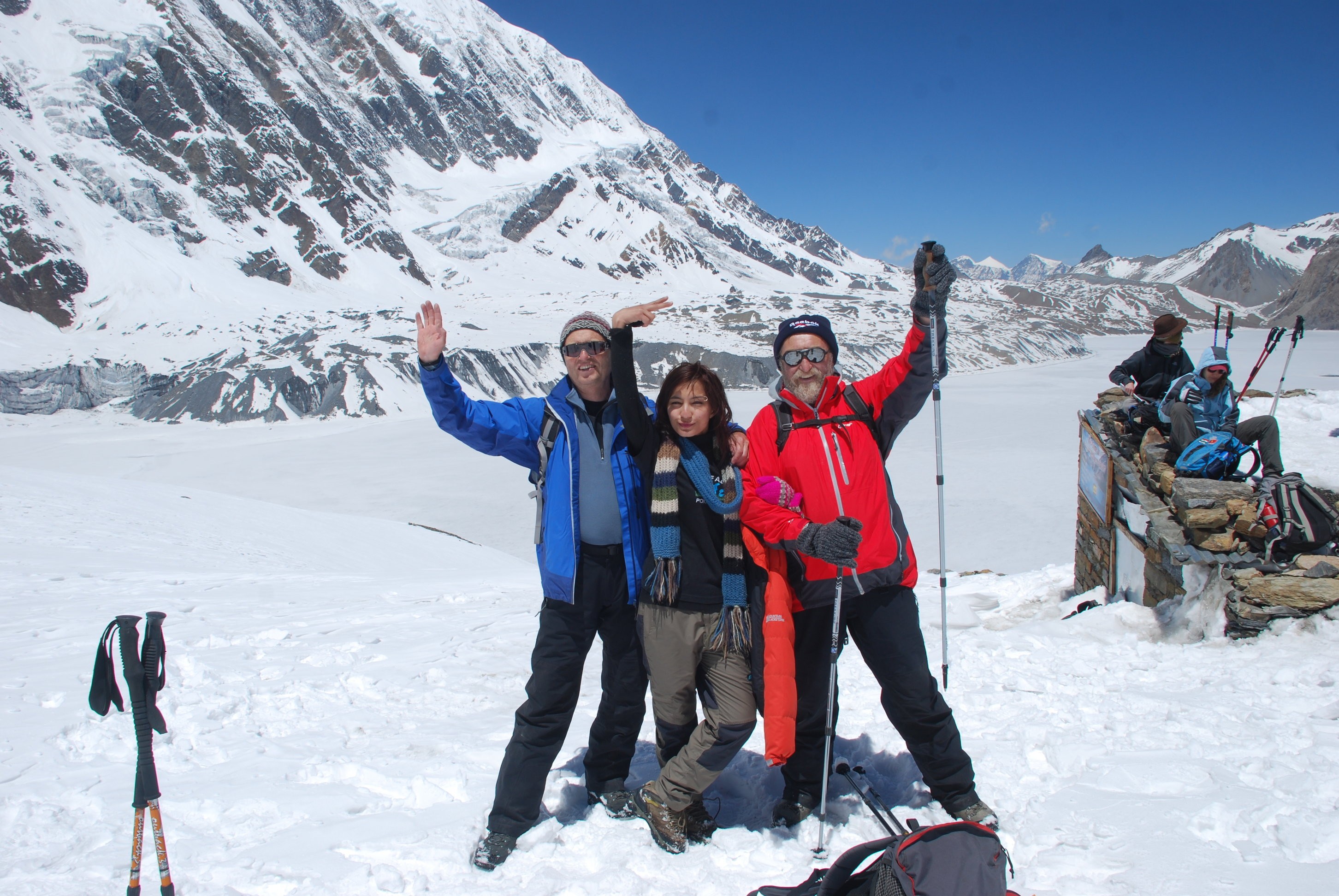
This is one of the classic treks in Nepal. It starts from Kathmandu and ends in Pokhara, from where you can drive or fly back to Kathmandu. A day’s drive at the start takes you to Jagat in Manang, from where you start trekking. This is a strenuous trek, but it has been voted one of the best treks in the world! So if you feel your fitness level is up to it, you won’t be disappointed by the scenery, mountains, and overall experience! The trek starts by taking you through the foothills and forests of Mustang, along rivers, and across those suspension bridges, you have seen in every trekking picture of Nepal! The most challenging day is going over the Thorong La Pass at 5,416m. The hike starts in darkness, so you can cross before the high afternoon winds come. Once over the pass, you are in Mustang. The first stop is a look at the Hindu pilgrim site at Muktinath. This is a very revered site with its small temple, 108 water spouts where devotees take a shower - under each one – and its eternal flame.
Further down the trail, the trek side-steps up Poon Hill. Another iconic viewpoint with astounding views of the mountains, particularly at sunrise and sunset. The ending point is Pokhara, with its bars, restaurants, nightclubs, and lakeside cafes. The perfect end to a perfect trip.
Annapurna Circuit with Tilicho Lake Trek / 16 days
If you want to add a bit extra to the classic Annapurna Circuit trek, consider a trip to Tilicho Lake. At 4,919m, it’s among the highest in the world. This trek starts and ends the same way as the Annapurna Circuit Trek but takes you to the beautiful Tilicho Lake and Base Camp. The mountains are the key points of interest on this trek through meadows and yak pastures, passed cliffs, chortens, and monasteries. Along with the deepest canyon in Nepal, the Kali Gandaki is also responsible for those high afternoon winds! Like on the classic Annapurna Circuit Trek, you will spend some time at Tadapani with its hot springs. A fantastic way to relieve your aches and pains!
Nar Phu Valley Trek / 14 days extendable
Another trek that starts with a drive from Kathmandu to Jagat in Manang and ends in Jomson, Mustang, takes you off the beaten trail to the Nar Phu Valley. Once again, the mountain views are spectacular – the Annapurnas, Himlung Himal, Tilicho Peak, and more. In addition, glaciers, narrow canyons, and remote villages are highlights of this trek. Then there is the fact the villages are less visited and retain their ancient culture and traditions. This valley was only opened to trekkers in 2003. Once over the Thorong La Pass into Mustang, the trek ends at Jomson, where it is a short flight back to Pokhara. Or, if you still have the stamina, you can trek on for a few days more! Please note that there are two high-altitude passes to cross, and this is a strenuous trek, so a good level of physical fitness is required.
Around Manaslu
Swotah Travel does a great Lower Manaslu Trek, which is not as demanding as the trek shown below. If you are interested in that, please check out my blog Best Treks to do in Nepal in Less than 14 Days, or the main Swotha website.
Manaslu Circuit Trek with Tsum Valley / 19 days
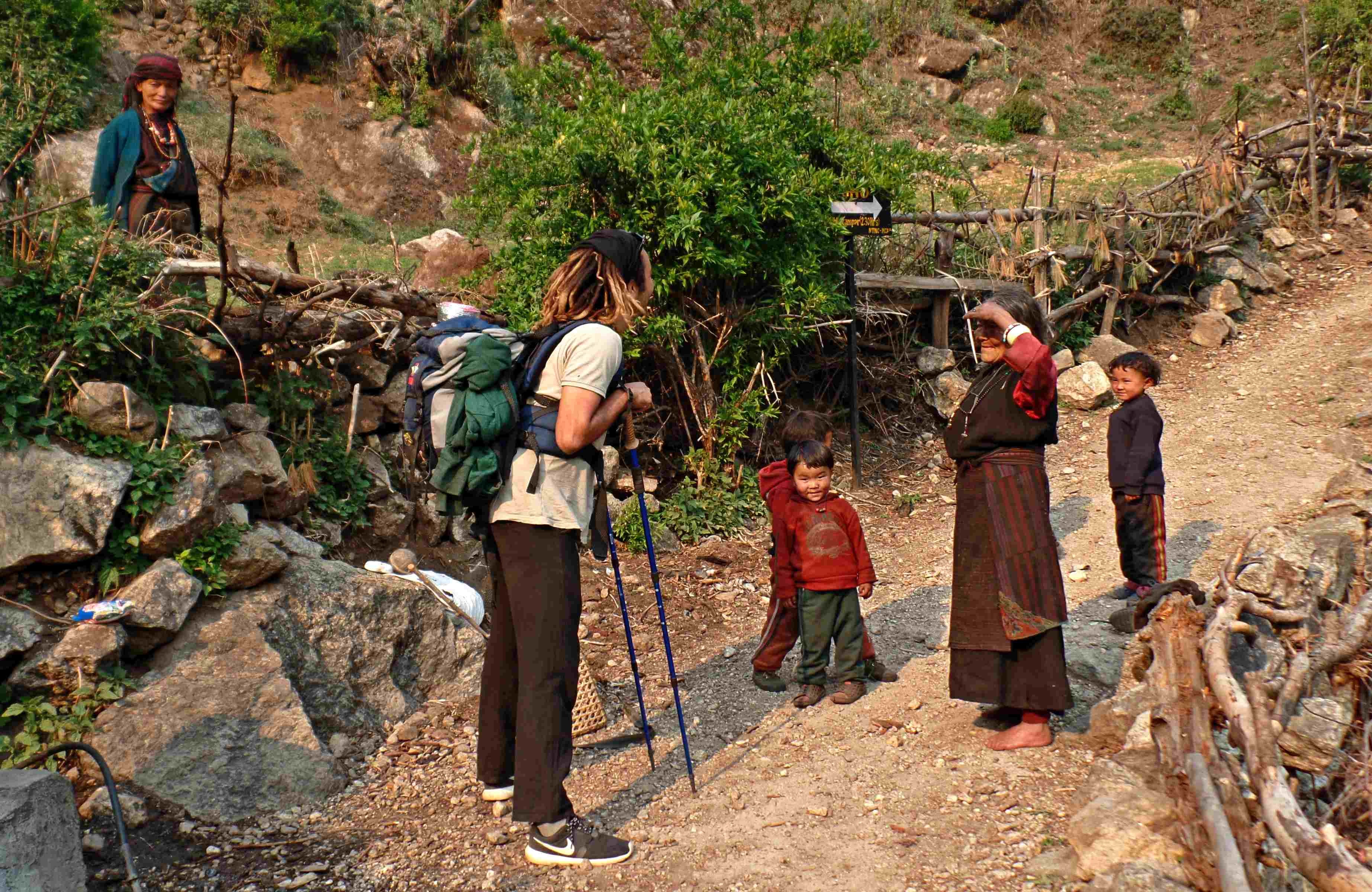
Suppose you love exploring the hidden valleys and trekking off the beaten track. In that case, this demanding trek will take you near the Tibetan border and show you monasteries, gompas, and chortens in the Manaslu region. This area only opened to trekkers in the 1990s, and the Tsum Valley even later in the 2000s. It is very demanding, with over 7 hours of walking each day. Some parts of the trek are over 3,000m, and there is the Larkya La Pass to cross at 5,160m. If there is snow and ice, then you will use fixed ropes. So, it is a trek for the adventurous and fit hiker! The mountains on view include Mt Manaslu and the Hinchuli, Ngadi, and Ganesh Himal ranges, among others. Changing landscapes make the trek more exciting and unique – from sub-tropical forests and green meadows to snow and ice.
Tsum Valley Trek / 17 days
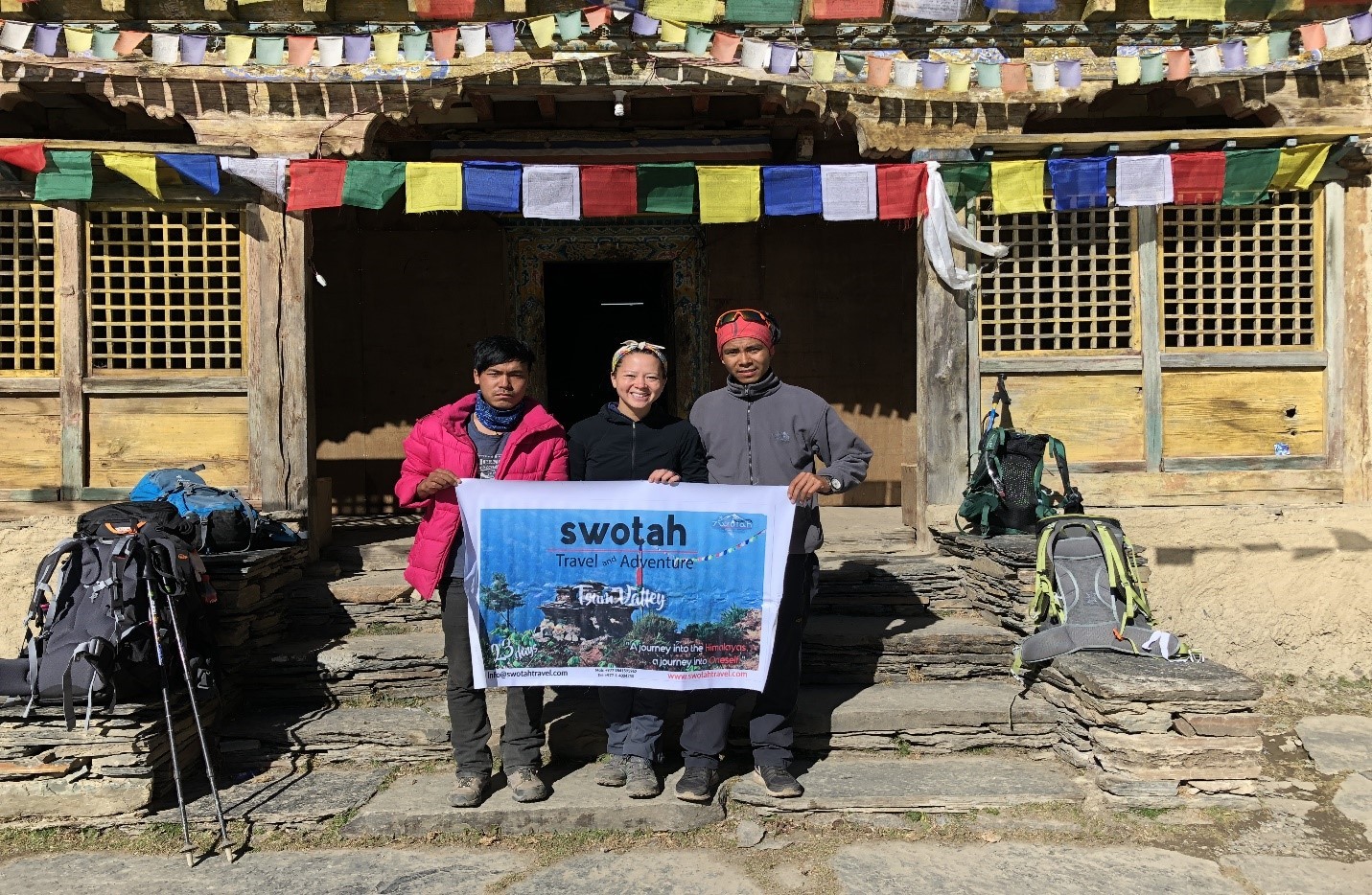
It is possible to trek only in the Tsum Valley. This hidden valley only opened in 2008 and sees very few trekkers. Its pine forests, fast-flowing rivers and waterfalls, monasteries, and villages give a great insight into the countryside and people’s way of life. The people here are Tibetan Buddhists, so there are mani walls (prayer walls), stupas to see, and Milarepa’s Cave to visit. The days of this trek are long, with the majority over 3,000m in altitude, so a good level of fitness is required for this trek. But the views of Himalchuli, Ganesh Himal, Manaslu, and many other mountains make it worthwhile. This trek starts and ends with a day’s drive from Kathmandu.
The Far West
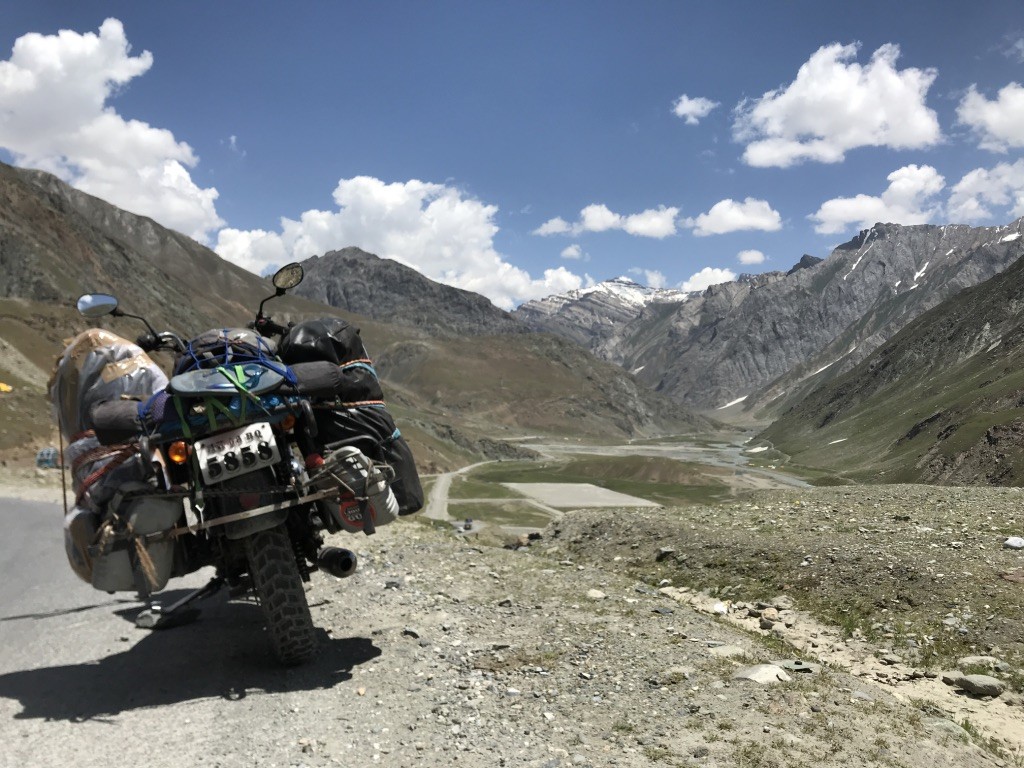
There are some beautiful treks in the far west of Nepal. These are not luxury tours in Nepal but are unique and less trekked and will provide you with unforgettable memories and photographs! These treks are more remote, harder to get to, and thus a little more expensive. But the extra effort and cost are well worth it.
You can also extend your trip to the far west with a safari in Bardia National Park, which is two hours drive from Nepalganj airport. This is a different experience from the mountains! Tigers, elephants, monkeys, deer, and a host of other animals and birds in a sub-tropical setting! Maybe the perfect way to relax after your trek!
Limi Valley Trek / 18 days
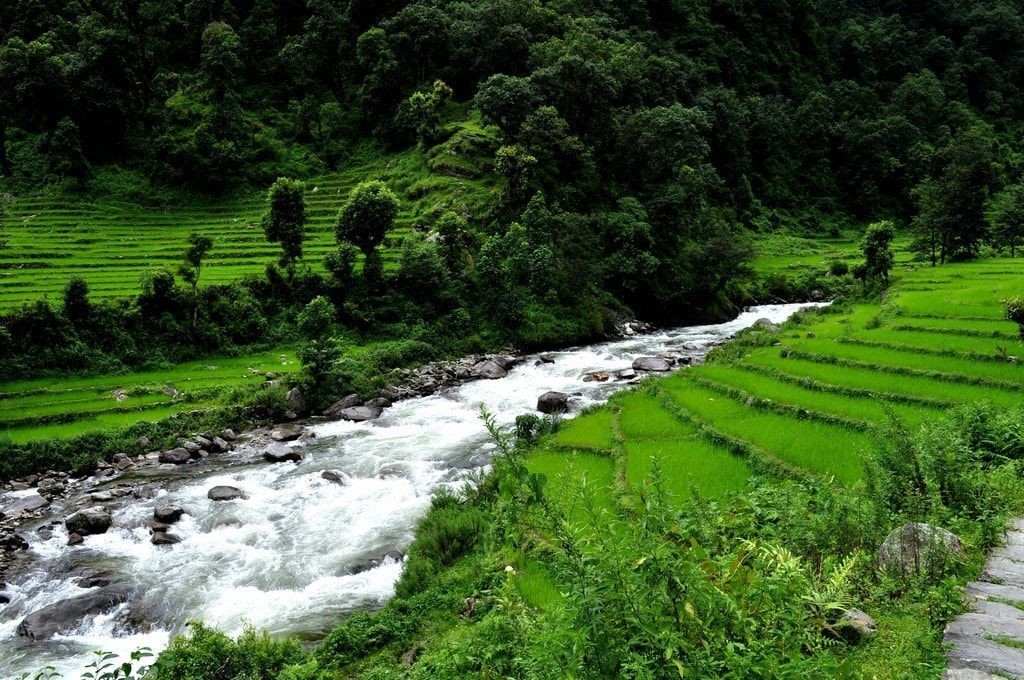
The Limi Valley is situated in the Humla district in the far northwest of Nepal, bordering Tibet. This relatively unexplored area was only opened in 2002 to trekkers. It involves two flights, so your anticipation is exceptionally high when you get there. The Limi Valley will not disappoint you! Fly from Kathmandu to Nepalganj, where there is time to explore this lowland border town, before flying out the following day to Simikot in Humla. While we stay in a hotel in Nepalganj, the rest of the trip is camping, which adds to the excitement and feeling of being in an unexplored area. From the Nara La Pass (4,620m), we can see Tibet and are surrounded by barren mountains associated with that country. On another day, we follow the Karnali River, the largest river in Nepal. And, of course, there are plenty of signs this is a Tibetan Buddhist area – from the gompas and monasteries to the prayer flags fluttering in the wind. We can see many mountains from the valley, including Mount Kailash on the Tibetan side. Revered by both Hindus and Buddhists, Mount Kailash attracts thousands of pilgrims yearly. Since this area is remote, there is plenty of rare flora and fauna. You might be lucky to see marmots, wolfs, wild yaks, blue sheep, and even the rare Snow Leopard!
Lower Dolpo Trek / 16 Days
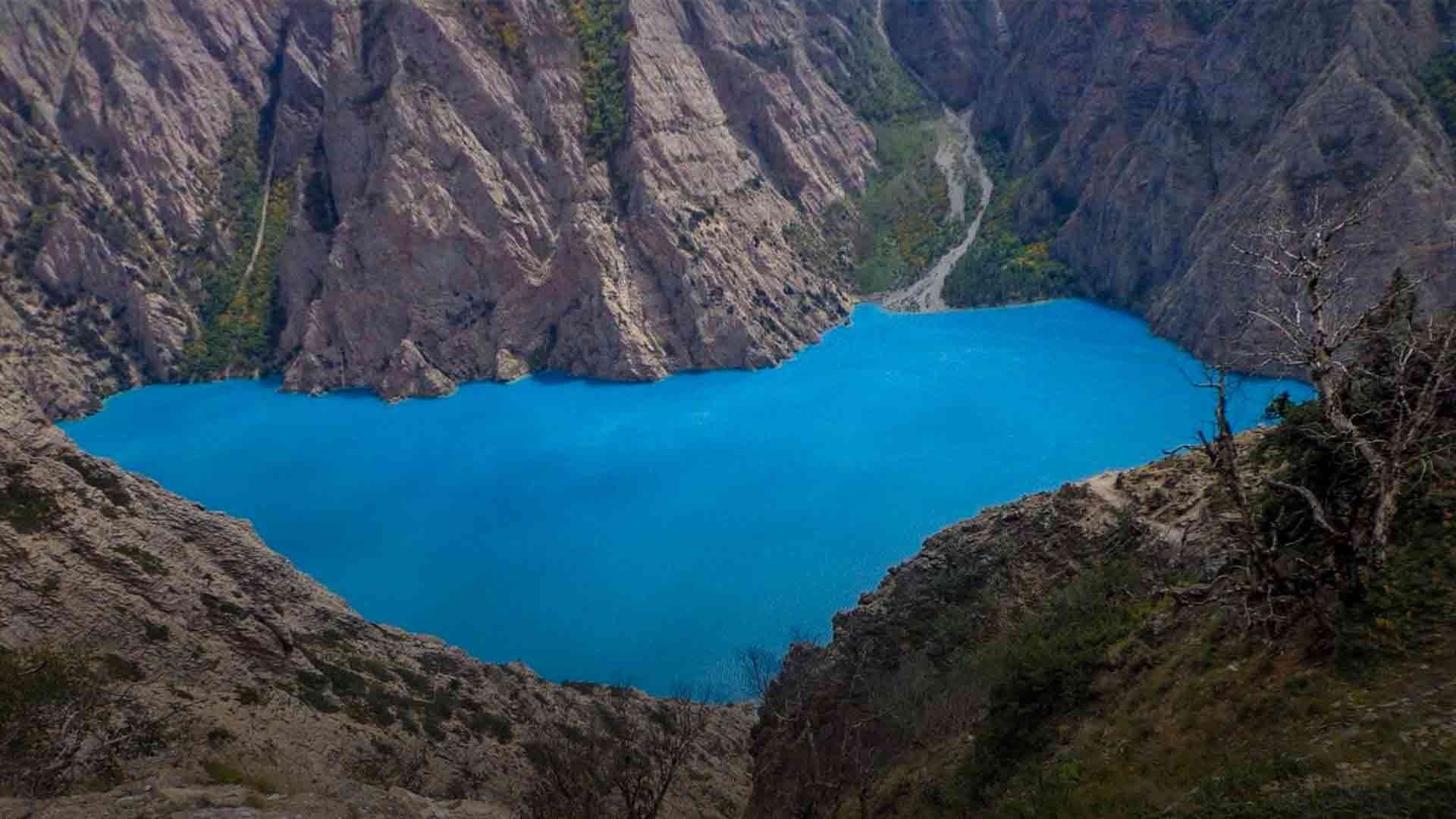
This demanding trek again takes you into an area that is less hiked by trekkers. Again two flights are required to reach here. Kathmandu to Nepalganj and Nepalganj to Jhupal in Dolpo. And once again, this is a camping trek. This trek takes you through a desert area in the rain shadow, along the ancient salt trade route, and to Shey Phoksundo, a high-altitude lake sitting at 3,611m. Set in Shey Phoksundo National Park, this lake is pristine and mesmerizing and is a designated Ramsar site. As you have probably worked out, this area is also very Tibetan-like in appearance, feel, and local inhabitants. Much of this trek is through the National Park with its pine, fir, and birch forests. Wildlife includes the Himalayan blue sheep, the Himalayan black bear, langur, rhesus monkeys, and the Snow Leopard!
Interestingly the Bon religion is still practiced in some of the villages here. This is one of the remaining places in the world; this similar-to-Buddhism-but-different religion is practiced. Paths are narrow, passes are high, and the going is tough. But it is a trek you will never forget.
Snow Leopard Trek in Dolpo / 18 days
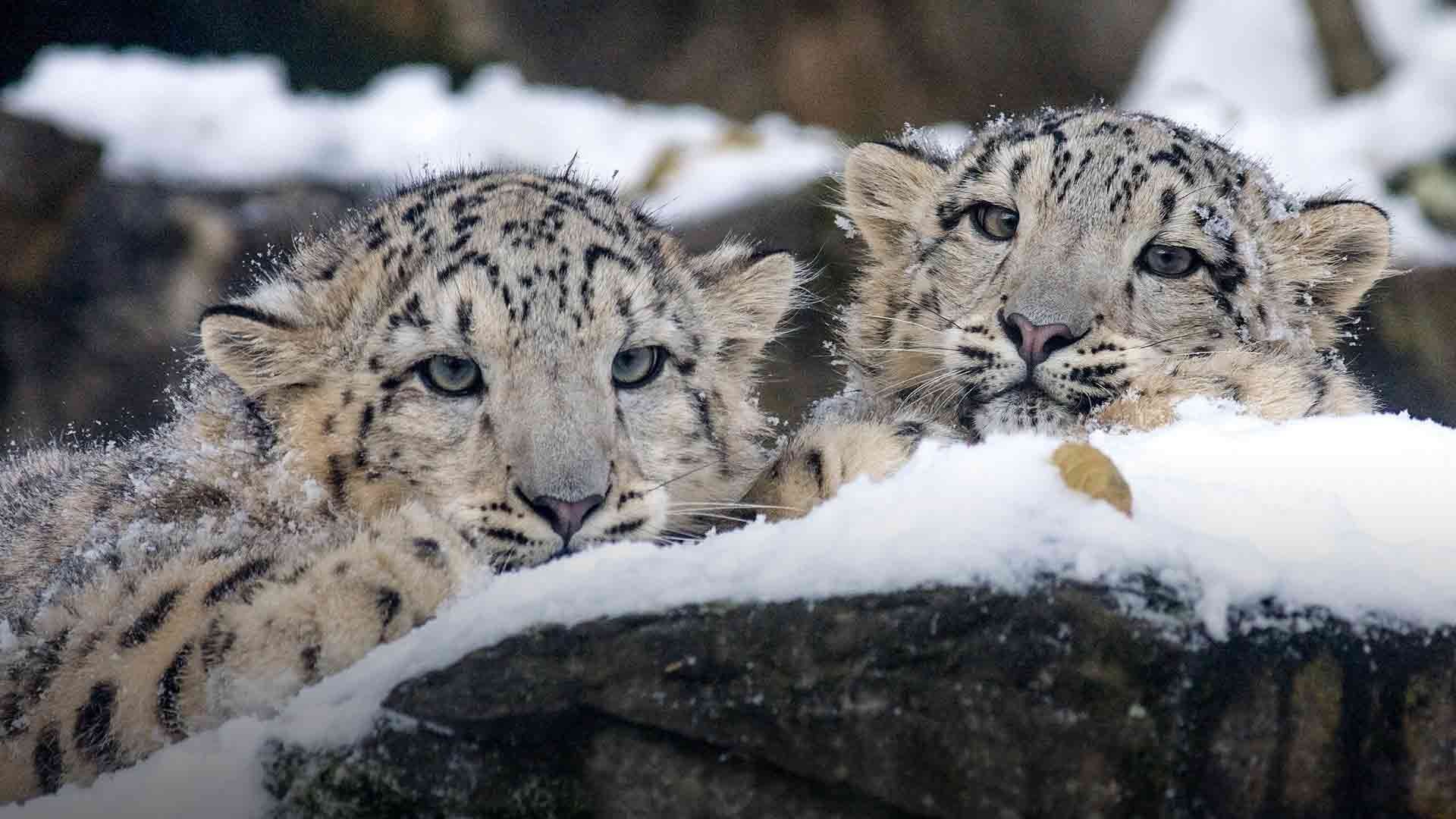
If you have read the book by Peter Matthiessen, “The Snow Leopard,” you should know he wrote that after traveling to Dolpo. This trek is based on the writer’s experience. Primarily found in the Himalayan Region, Snow Leopards can be found in eight protected areas in Nepal. Shey Phoksundo National Park in Dolpa is one of them. This trek takes you into Upper Dolpo, an even more remote and restricted country area. The trek begins by either driving to or flying into Nepalganj in the west of the country, then flying up to Jhupal, and is again a camping trek. The trek retakes you through Tibetan Buddhist-inspired landscapes and cultures to Phoksundo Lake and Phoksundo National Park. All the best in spotting a Snow Leopard!
Other Treks
Nepal has many other treks of around two to three weeks in length. And much more extended and shorter too. Please check back into this blog periodically to find out.
NEWSLETTER SIGNUP
Sign up to receive our trip ideas and travel offers!
Get updates and Exclusive Offers up to 20% Discount

